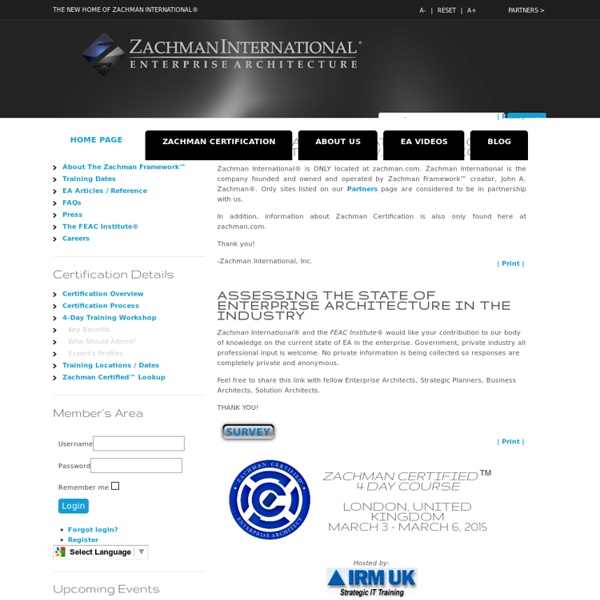



OBASHI The OBASHI methodology provides a framework and method for capturing, illustrating and modeling the relationships, dependencies and dataflows between business and Information technology (IT) assets and resources in a business context. A Business and IT (B&IT) diagram built using the OBASHI Framework. It is a formal and structured way of communicating the logical and physical relationships and dependencies between IT assets and resources (Ownership, Business Processes, Applications, Systems, Hardware, and Infrastructure) to define the business services of a modern enterprise. The name OBASHI is a licensed trademark of OBASHI Ltd. Core Principle[edit] OBASHI is based around a core principle: that IT exists for one reason, namely, to manage the flow of data between business assets. Business resources (which include people) and IT assets are either providers of data, consumers of data or provide the conduit through which the data can flow. The Origins of OBASHI[edit] Characteristics[edit]
Institute For Enterprise Architecture Developments Innenministerium NRW schafft moderne IT-Architektur / Minister Dr. Ingo Wolf: Effiziente Informationstechnik wichtig für Entbürokratisierung - Landesportal Nordrhein-Westfalen "Eine moderne Informationstechnik ist wichtig für eine erfolgreiche Entbürokratisierung in Nordrhein-Westfalen. Wir schaffen deshalb eine ganzheitliche Informationstechnik, anpassungsfähig, transparent und leistungsfähig", erklärte NRW-Innenminister Dr. Ingo Wolf heute (24.08) in Düsseldorf. "Mit der richtigen Struktur können wir die Betriebskosten von IT-gestützten Verwaltungsverfahren spürbar senken. Über den finanziellen Nutzen hinaus hat das Innenministerium als Koordinator für den IT-Einsatz in der gesamten Landesverwaltung und als Dienst- und IT-Fachaufsichtsbehörde für die Bezirksregierungen ein besonderes Interesse an der strategischen Entwicklung von Informations- und Kommunikationstechnologien im Geschäftsbereich. Gewachsene IT-Strukturen, Datenschutzrichtlinien sowie Abstimmungsschwierigkeiten zwischen Fachbehörden und verschiedene Zeitpunkte für Verfahrenseinführungen haben zu einem unübersichtlichen Bestand an Fachanwendungen geführt.
How to manage requirements within the Enterprise Architecture using the TOGAF® and SABSA® frameworks By Pascal de Koning, KPN You want to put your company’s business strategy into action. What’s the best way to accomplish this? This can be done in a structured manner by using an Enterprise Architecture Framework like TOGAF®. As the figure shows, Requirements Management plays a central role in the architecture work in the TOGAF® methodology. Unfortunately, TOGAF® does not offer guidance on Requirements Management. Business Attribute Profiling is a requirements engineering technique that translates business goals and drivers into requirements (see figure 2). Executive communication in non-ICT termsGrouping and structuring of requirements, keeping oversightTraceability mapping between business drivers, requirements and capabilities The BAP process decomposes the business goal into its core elements. TOGAF® is a registered trademark of The Open Group. Pascal de Koning MSc CISSP is a Senior Business Consultant with KPN Trusted Services, where he leads the security consulting practice.
IT Strategies from Oracle IT Strategies from Oracle is an authorized library of guidelines and reference architectures that will help you better plan, execute, and manage your enterprise architecture and IT initiatives. The IT Strategies from Oracle library offers two types of best practice documents: practitioner guides containing pragmatic advice and approaches, and reference architectures containing the proven technology patterns to jump-start your initiative. Learn more: The IT Strategies from Oracle library can help you establish a reliable set of principles and standards to guide your use of Oracle technology. Overview documents providing an introduction to all the resources available in the library and best practices maturity models Oracle Reference Architectures covering the application infrastructure foundation, management and monitoring, security, software engineering, service-oriented integration, service orientation, user interaction, engineered systems, and a master glossary.
Home - Enterprise Integration Patterns
Right, I like TOGAF much better. by clemense May 19